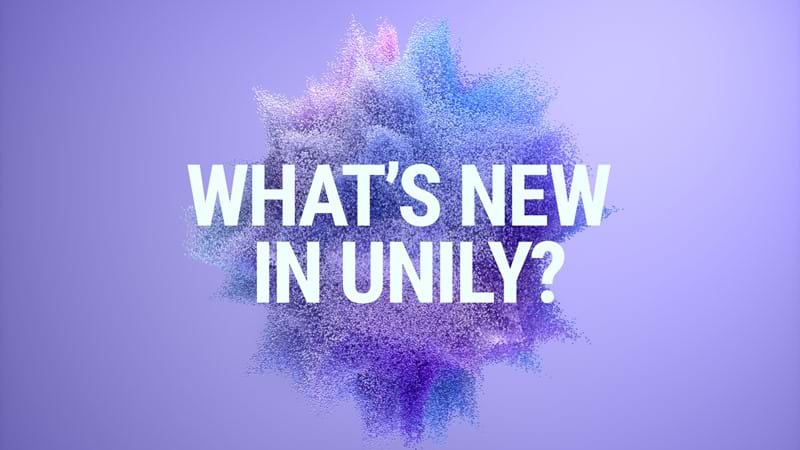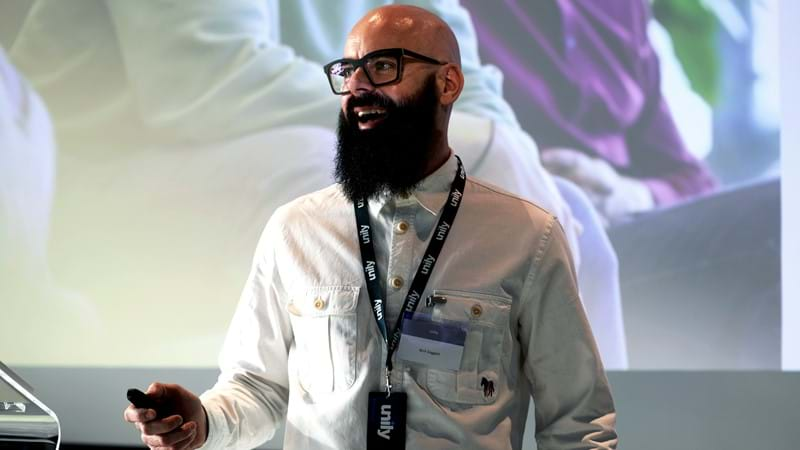5 signs it's time to revamp your digital HR strategy
2020 has been a year for change across organizations and HR departments have been no exception. As most companies transitioned to a remote, cloud-first way of working, HR teams have been striving to limit the impact on employee experience and ensure that employees feel supported through a period of uncertainty. So, does your current strategy hold up to the task?

A new world of remote working
It’s predicted that post-pandemic, remote work will be the new normal, with a lasting 300% increase compared to pre-pandemic levels. With employees continuing to work remotely, HR teams will need to ensure that their current HR strategy is future-proof.
With this in mind, is your current strategy the best option for the long run, or is it time to revamp? These tell-tale signs may mean that it’s time to invest more in updating your HR strategy for a digital future of work.
#1. Onboarding remotely hasn't been smooth sailing
As organizations make the shift to a more permanent form of remote and flexible working, it’s inevitable that recruitment follows suit. Remote working gives employers the opportunity to hire talent from all over the world – location is no longer a barrier. With the future of work looking to be more of a ‘hybrid’ model, the office as we once knew it has changed forever. Yes, the talent pool is opening to allow for more candidates, but how easy is it to efficiently onboard a remote worker and integrate them into the team?
Digitized onboarding will become non-negotiable in the new world of work - especially considering enterprises with a strong onboarding process improves new hire retention by 82%. The HR department will need to adopt tools that enable smooth remote onboarding and think about how their existing processes can be revamped with new tech.
A modern company intranet can take out the common struggles associated with onboarding. Before beginning new roles, recruits can familiarize themselves with the company’s news, policies, and team discussions, alongside completing necessary compliance documents. A good intranet will bring together all your onboarding apps, tools, and documents into one place that’s as intuitive for HR teams to track as it is for new recruits to navigate.

A staggering 20% of new hires leave a job for a new opportunity within the first 45 days, and remote working will only worsen this. It’s more important than ever to engage new employees and make them feel welcome in the company’s culture. While technologies such as Zoom and Microsoft Teams fill a social collaboration gap, there is still the challenge associated with getting a remote starter integrated into the company culture without the office atmosphere. This is where an Intranet can act as a vital engagement tool - replacing the hubbub of the office with a digital headquarters, where new employees can feel part of the team from day one.
#2. It’s difficult to promote employee wellness and support
Looking after your employee wellness is one of the most important aspects of a business and should be considered a top priority. In fact, this year 80% of organizations named employee well-being as the most important priority for their success. Ensuring employee happiness and well-being will mean workers both feel their best and perform at their best. Afterall, an enterprise is only as good as its people.
According to the charity Mind, 60% of adults have said their mental health has declined throughout the pandemic. If it’s proving difficult to provide the level of support employees require, particularly in the current climate where it’s needed more than ever, it may be time to re-evaluate your digital HR strategy. 95% of HR leaders agree that burnout impacts employee retention, making it as much of a financial issue as a human one.
A digital workplace makes it easier for the HR team, and employees in general, to support and look after staff well-being. A collaborative social platform can not only be used as a platform to promote a healthy mind, body, and self, it can also encourage team members to reach out when needed, and for HR to supply added support. Mental health is just as important as physical health, so your HR strategy should take into consideration creating a support network to promote this within the organization.
One of our clients, Trivallis is a good example of how a digital workplace can support employees' wellness. Working together, Unily and Trivallis designed Hive to be a comprehensive digital workplace capable of transforming the day-to-day lives of employees and uniting their dispersed workforce. Vitallis, Hive’s dedicated wellbeing staff group, has raised awareness of mental health in the workplace, contributing to a 46% reduction in stress-related absences.

#3. Productivity has taken a nosedive
Now that the initial novelty of working from home has worn off, and the Zoom quizzes have died a (much-needed) death, there is also the worry that work productivity and engagement levels have also dropped as the year’s gone on. Although research has shown that 55% of workers believe their productivity levels are the same as, if not more than, before the pandemic, that still means that a whopping 45% are showing some sort of a decline.
If you’re worried your employees are beginning to become more restless and less productive, investing in a digital workplace will help to elevate engagement, boost culture, and overall increase productivity.
Setting up a company intranet not only acts as a virtual headquarters for all staff, but also streamlines finding tasks, information and access to tools and applications that may be required. Effective internal communication is essential when it comes to keeping your workforce connected and happy – which is important considering happy workers are 13% more productive.
#4. All your time is spent on administration
If the majority of your time is taken up with paperwork and processes, it’s time to rethink your strategy. A lot of valuable time and resources can be saved with the support of digital tools, processes, and workflows.
Utilizing a digital workplace solution can mean paperwork associated with new hires, business policies, employee handbooks, for example, can all become digital. An Intranet is a quick and easy way to keep all HR-related documents in one easy-to-find place, and to keep tabs on all forms. An HR intranet hub can also reduce time that is spent answering employee questions. Having the relevant FAQs and information online will mean employees can access it themselves, whenever they need it. Via the hub, the HR team can update everyone at once, and even target updates at specific teams to tailor messaging appropriately.
Investing in processes such as these can free up time for the HR team to focus more on the business-critical and proactive objectives that will support the organization.

#5. Employee achievements are flying under the radar
Employee success and achievements should always be celebrated – it not only means staff feel more motivated (and therefore productive), but it makes them feel like a valued part of the company with 63% of employees who are shown recognition being very unlikely to look for a new job. Unfortunately, with the challenges that come with remote working, it can be difficult to recognize and celebrate individual achievements.
Digitizing your reward and recognition (R&R) strategy is a quickfire way of injecting positivity into the workplace and ensuring the lack of facetime doesn’t result in staff that feel unappreciated. There are many platforms that can be used to spotlight employee achievements, however getting employees to adopt and engage with any new technology doesn’t come without challenges.
Using your intranet as a tool for R&R allows enterprises to keep all work-related activities in one place, so users don’t have to jump between systems and get used to new technologies. Many intranets come with native reward and recognition features or integrate with 3rd party platforms, helping to drive the success of new and existing R&R initiatives within the context of a connected digital workplace.

Is your HR strategy in need of an update?
If it sounds like you need to revamp your HR strategy, or you’d like to learn more about how you can continue to support your employees in the best way possible, book a free consultation with one of our experts today!









